DOE Isotope Program Highlights

A First Look Inside Radium’s Solid-State Chemistry
Researchers used single crystal X-ray diffraction to learn about the structure and bonding of a highly radioactive radium compound.
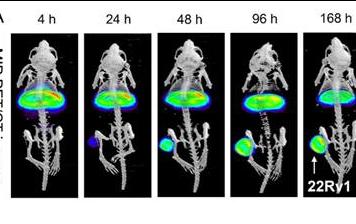
Transforming Cancer Diagnosis and Treatment with Cerium/Lanthanum-134
Researchers advance the use of cerium/lanthanum-134 for medical scans in actinium-225 cancer therapy.
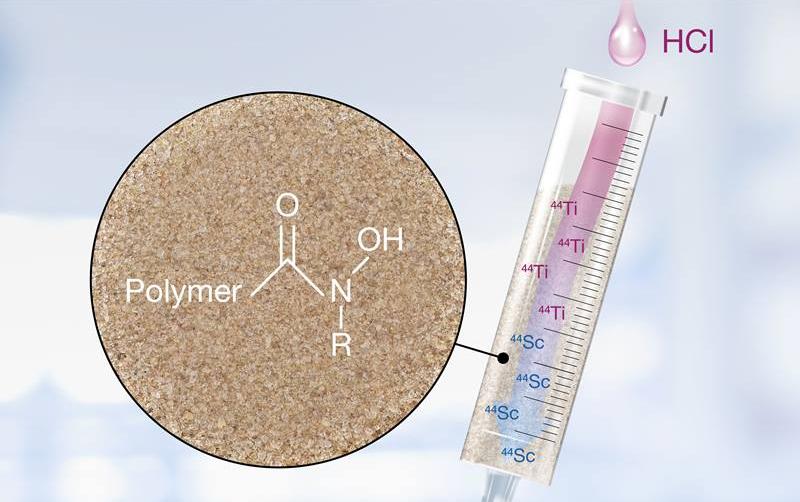
Scientists Identify an Alternative System for Producing the Medical Isotope Scandium-44
An easy-to-use system can increase the availability of PET imaging agents to more patients.
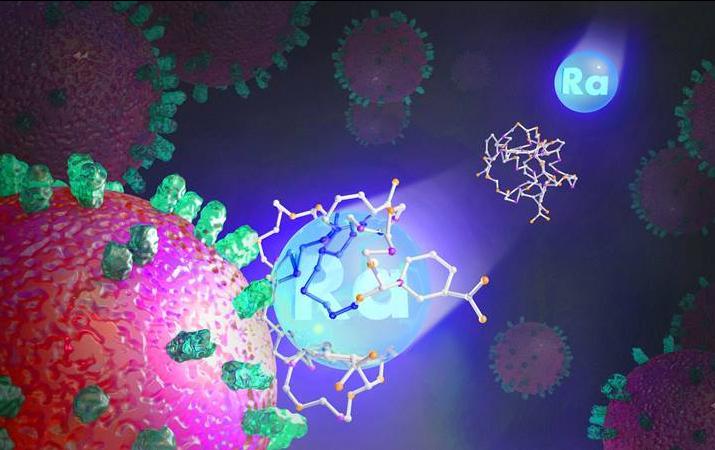
Capturing the Chemistry of Radium-223 for Cancer Treatment
Until now, there have been few efforts to get information on how radium binds with known chelators.

Researchers Improve Production for Short-Lived Scandium Radioisotopes
Hard to produce in quantities and purities appropriate for human use, scandium radioisotopes have potential for imaging cancer.
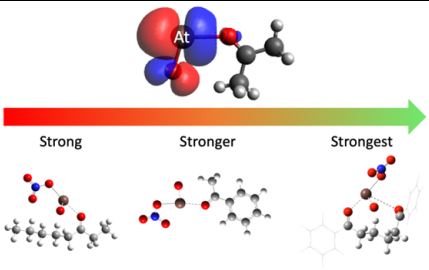
Tunable Bonds: A Step Towards Targeted At-211 Cancer Therapy
Scientists can tune the strength of astatine-211 bonds with chemicals called ketones, laying the groundwork for a new class of radiopharmaceuticals.
![Image courtesy of Brown, M.A., Metal Oxide Sorbents for the Separation of Radium and Actinium, Industrial & Engineering Chemistry Research, 59, 20472-20477 (2020). [DOI: 10.1021/acs.iecr.0c04084] The separation of radium and actinium is a major component in the production, distribution, and purity of targeted alpha therapy isotopes. This image shows the separation profiles of radium (purple) and actinium (green) across a zirconia resin.](/sites/default/files/styles/center_news_homepage/public/2023-07/ip-2023-05-b_original.png?h=c508fa7a&itok=OY-0g7A7)
Scientists Develop Inorganic Resins for Generating and Purifying Radium and Actinium
Research advances the chemistry and improves the purity of isotopes for targeted alpha therapy used in the treatment of cancers.
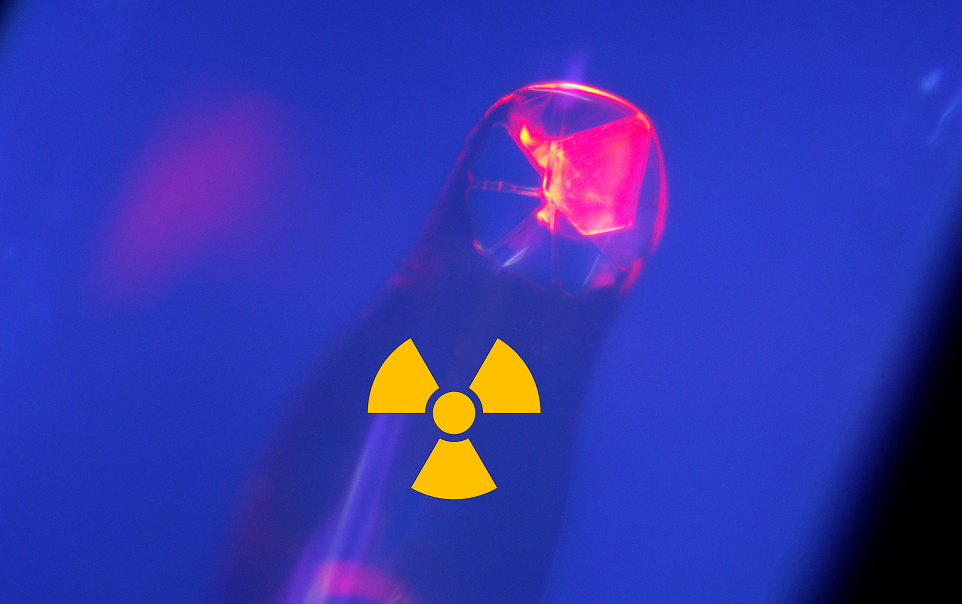
New Strategy Can Harvest Chemical Information on Rare Isotopes with a Fraction of the Material
A newly proposed approach aids chemical studies of rare, toxic, radioactive, and precious isotopes by requiring 1,000 times less material.
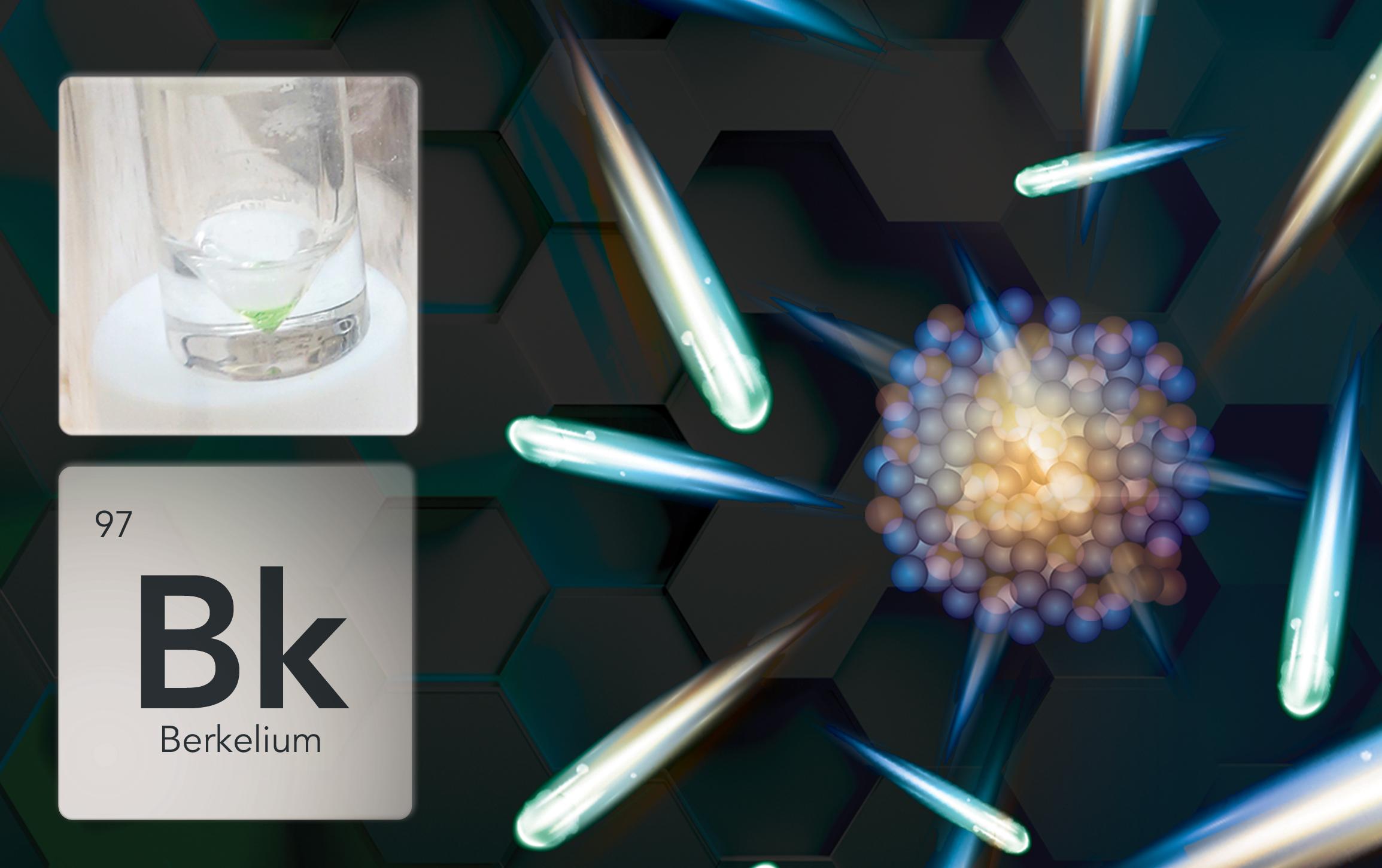
Getting Purer Berkelium, Faster than Ever
This new method individually separates heavy metals — an actinide chemist’s dream.
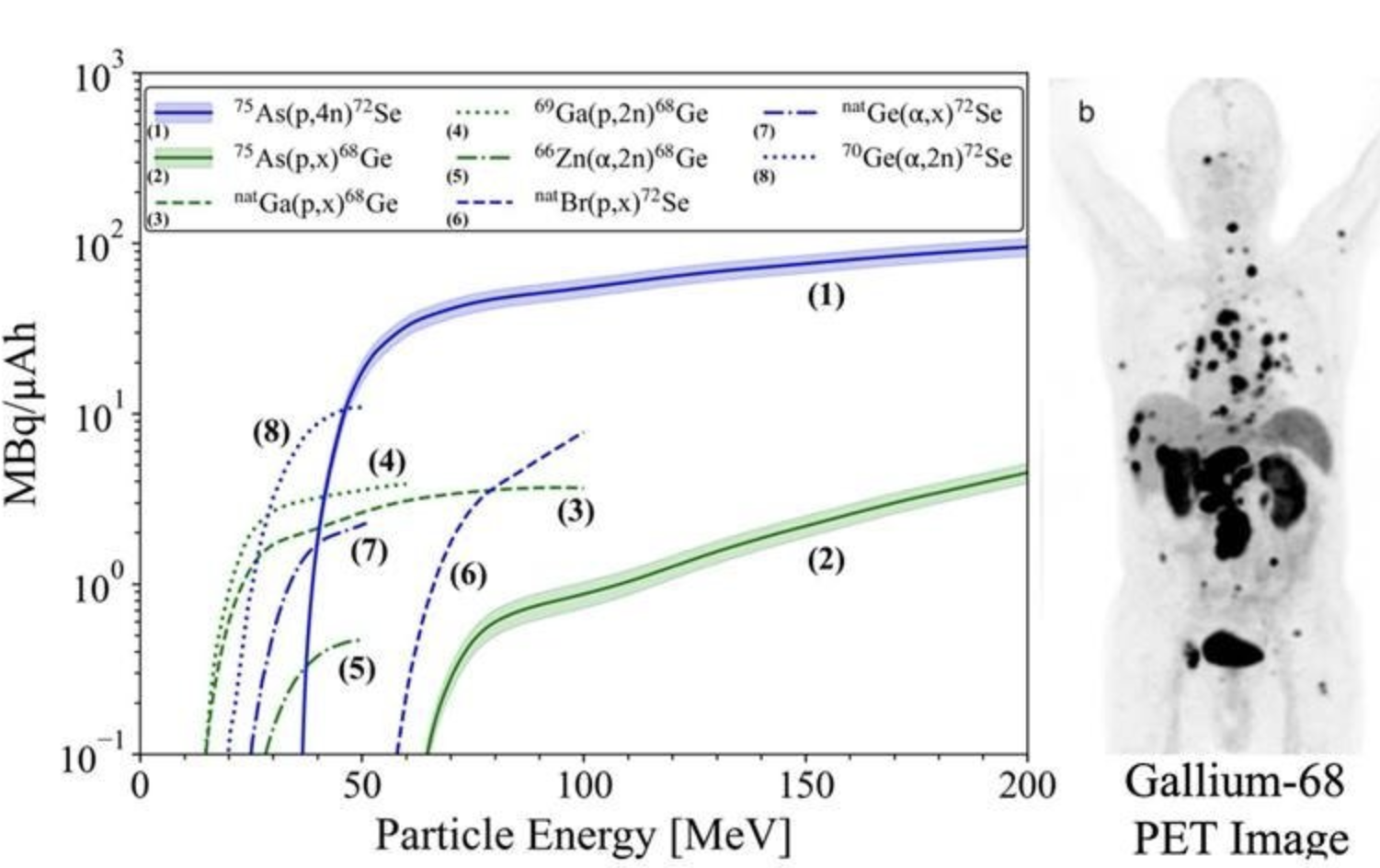
Fighting Cancer on Earth and in Space Using High-Energy Protons
Scientists on Earth use high-energy protons to create isotopes to detect and treat cancer. In space, however, these same high-energy protons can pose a risk to spacecraft and the health of the astronauts traveling in them.




